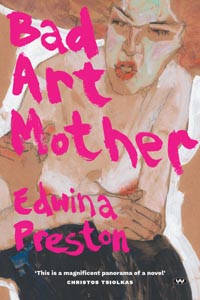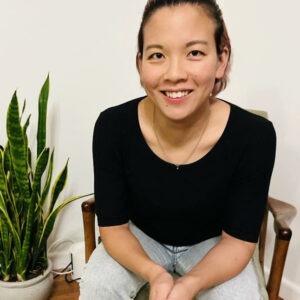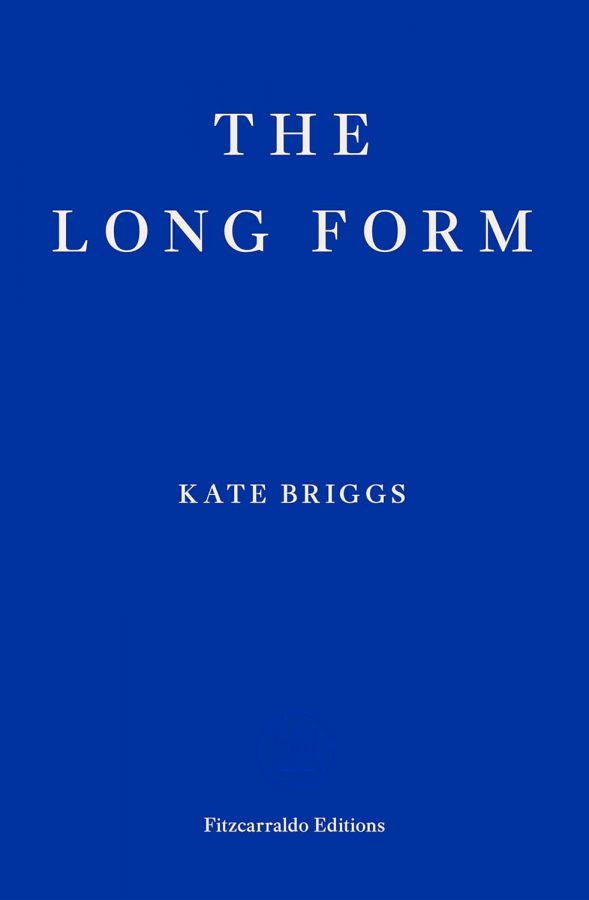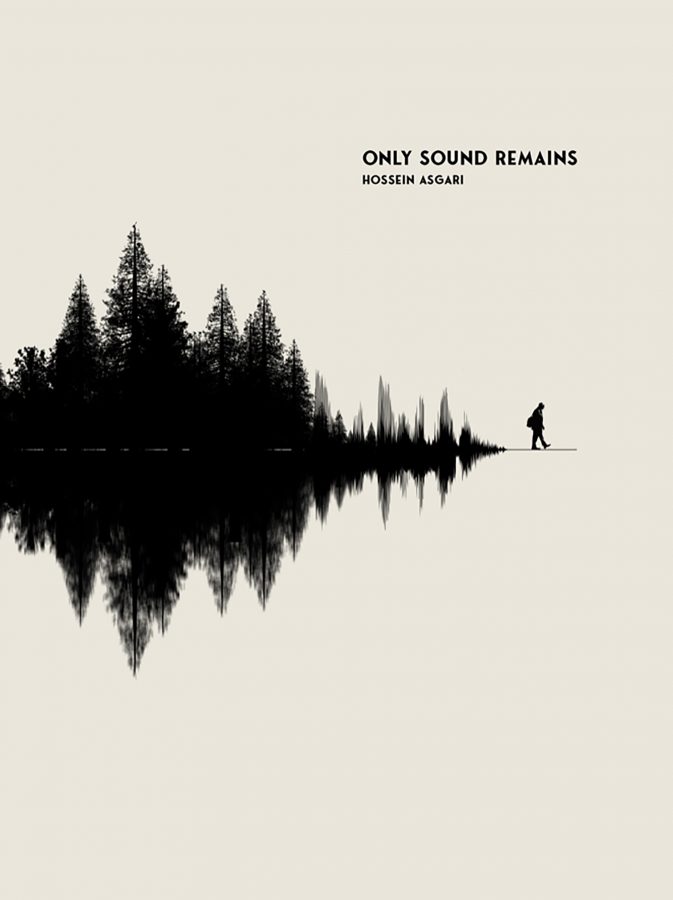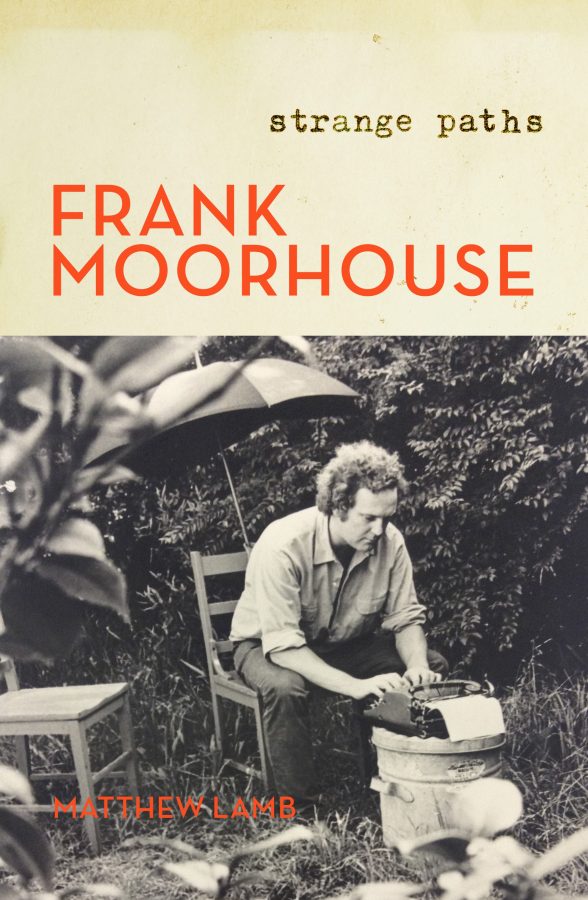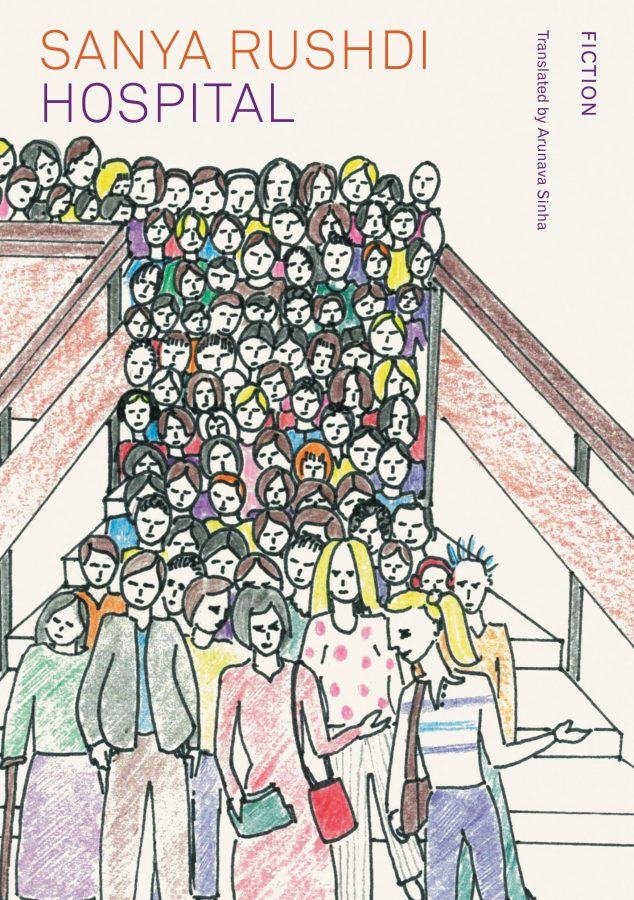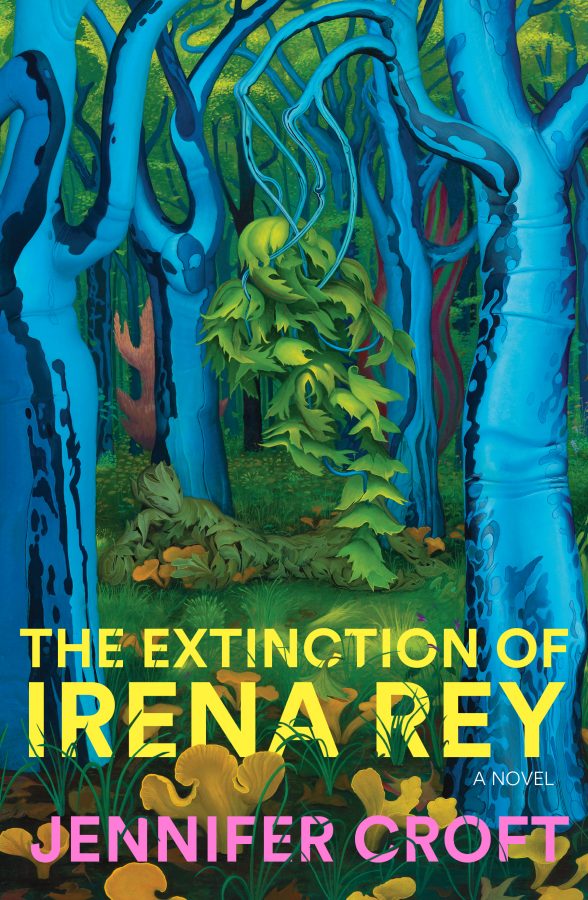Am I a good mother or a bad mother? This question inflects my perception of each day, of my every action and every word as they steadily accumulate into the imago I hold of myself as a mother. Healthy snacks: good. Screen time: bad. Embraces: good. Snapping, shouting, screaming: bad bad bad.
In Melanie Klein’s writing on the psychology of babies and children, mental health is a function of the state of one’s internal objects — the images we have internalised of the objects that constitute our external world. The first object taken into the Kleinian self is the mother’s breast, which through variety of experience ‘becomes split into a good (gratifying) and bad (frustrating) breast’, a mental division mirrored by the consequent ‘severance of love and hate’ in the ego.
The primacy of early encounters between caregiver and infant in psychoanalytic models of health and pathology has filtered down through the years into a pervasive binary of good mother/bad mother. Veda Gray is a bad mother. She drinks too much. She is too demonstrative. ‘She would either swan around or slouch, talk too much or too little, be over-nice or outright rude.’ But her greatest offence, as her son Owen sees it, is that ‘She would be thinking about herself and not me. That was her problem. Even when she thought she was thinking about me, she was really thinking about herself.’
Like many of the memoirs, essays and novels concerning motherhood that have been published in the last decade, Edwina Preston’s second novel Bad Art Mother reaches beyond the reductive ideals of good and bad mothering that have, I imagine, always plagued mothers. But instead of doing so by presenting the usual first-person portrait of maternal subjectivity in which the child often has the ghostly quality of an internal object rather than a reality external to the mother, Preston gives a voice to both mother and child. The novel is divided into six parts, each of which begins with a spate of Owen’s childhood memories of his mother, and ends with a number of Veda’s letters to her sister Tilde from the same period. Preston’s decision to delegate the bulk of the narratorial work to Owen has the dual effect of establishing Owen as a living, thinking ‘person among people’, and bringing the protuberances of Veda’s personality into sharp relief. At the same time, Veda’s letters to Tilde open a window into her frustrations as a female poet and a housewife in 1960s Melbourne, expanding the novel into a critique of the social institution of motherhood and an exploration of the conflicts between mothering and the making of art.
The letters are vibrant and familiar. I feel the warmth of the ‘bright sunshine in the backyard’ on my back and hear the scrape of Veda’s chair as she stands from writing to ‘attend to a roasting chicken’ or a ‘nappy mishap’. I read them to relieve the ‘rage without an object’ that rises up when I find myself, one among so many mothers ‘alone in our houses with only our chores and our children to keep us company.’ Still, I have to work hard to stifle the little bourgeois gasp that struggles to escape my throat when Veda agrees to give legal guardianship of Owen, at two years old, to her childless friends the Parishes, in exchange for time to write. Because this is what the self-absorption that Owen laments boils down to: the ambition that goes unremarked on in the men who populate the novel, yet precludes Veda from being ‘a respectable woman’.
Veda is more appalled by the arrangement than anyone else. Even after Owen begins to spend every other weekend at the Parishes, she is stoppered by maternal guilt and left with ‘no inclination to sit down and work… No inclination whatsoever’. To give her still more time to write, Owen is ferried between the Parishes’, his father Jo’s restaurant and his aunty Ornella’s house.
Bracketed by the rage he feels at being shuttled ‘to and fro and to and fro’, Owen’s reminiscences offer a colourful sketch of the Melbourne milieu of John and Sunday Reed from which Preston draws inspiration. Mr Parish is a ‘famous poet’ and Veda’s husband Jo, a successful restaurateur who, with the help of Mr Parish, establishes himself as an art collector. Like Veda, who labours under the weight of a growing pile of rejections from literary magazines and publishing houses that make it clear that ‘the world doesn’t want what I have to offer’, the women in the novel struggle to attain recognition. Mrs Parish quietly lays the table, prepares meals and arranges ‘beautifully constructed’ ikebana only to be ignored or paid in verbal abuse by her misogynistic husband. Rosa Ferros, Jo’s first and most loyal waitress, is ‘also an artist’, yet even after Jo opens his own gallery, the closest he comes to showing her art is asking her to paint something ‘easy to look at’ on the walls of his restaurants.
In his back-cover endorsement of Bad Art Mother, Christos Tsiolkas praises the novel’s transportive power, the way it ‘makes us believe we are right there, at the very heart of a transformative moment in culture when everything is about to change.’ I keep flipping the book over and re-reading this quote until I gradually understand that I’m getting snagged on the suggestion that ‘everything is about to change’ — as if the lives and the constraints that shape the lives Preston’s women were relics of a bygone era, as if the art world and the institution of motherhood have been completely reconstituted in the last sixty years such that they are now entirely unrecognisable.
Recent analysis of the National Gallery of Australia’s acquisition data revealed that of all the works acquired by the gallery between 2014 and 2017, only 27 per cent were by women artists. While it is difficult to similarly encapsulate the nature of contemporary white middle-class motherhood, what Lauren Elkin calls the burgeoning ‘countercanon’ of motherhood literature, with its motifs of isolation, guilt and inner-conflict, must sufficiently resonate with its readership to maintain the publishing trend. All of which is to say that the tensions with which Preston’s ostensibly historical novel are concerned, abide.
Each of Preston’s women has a different relationship with their creative practice. Rosa works as staunchly on her art as she does at peeling and pitting in the kitchen of Jo’s restaurants. Owen observes that art makes Mrs Parish ‘calm and strong. It made her stronger and taller than it made anyone I knew’. But Veda bends and wavers beneath the censure of society and self.
She took long sleeps. She smelt sweet and sticky in that way I had become accustomed to, and she would switch abruptly from ignoring me to shooing me out of the room to gathering me up and kissing me and saying: ‘Poor poor Owen! Poor darling O-yo, Mummy’s such a bad old Mummy …’ And then she might drop me and become despondent again.
As the novel progresses, Veda recedes, both in the significance of the role she plays in Owen’s life, and in vibrance. Siri Hustvedt’s anatomisation of maternal guilt offers a possible cipher to her growing silence:
When the maternal becomes a static concept, a fantasy about sacrificing without limit, it serves as a moral weapon to punish mothers who are perceived as wild. And because the institution is not a building or a rule book but a way of being that is part of collective life itself, it is also a weapon that strikes mothers from the inside as shame or guilt.
Veda internalises so many of the ‘weapons’ that have been and still are deployed to oppress women. ‘I don’t have a natural affinity for anything’ she writes to Tilde. ‘Not motherhood, not wifehood, not poetry’. I don’t even think maternal guilt is the root cause of her demise, but rather that the culture’s failure to engage with her poetry confirms a suspicion, sown in every girl, that she is not good enough. In health, Veda is able to discern and denounce the harm done her by the institutions of motherhood and marriage, and the sexism of the arts industry (‘I have had another rash of rejections. I think it is wise to describe them as a rash: it helps me see them as a temporary disfigurement rather than a permanent affliction’). Yet the blows to her poetry and by extension, her self-concept as a poet, are so frequent and crushing that it eventually becomes impossible for her to withstand the ‘inimical’ climate of the 60s Melbourne art scene.
Victoria Carruthers begins her review of Heide’s 2020 survey exhibition of the paintings and poetry of Joy Hester, ‘Joy Hester – a body of work, remembered at last’, with a summary of the ‘dramatic life events that have overshadowed attempts at a sustained critical appreciation of her art’. Carruthers writes:
In 1947, Hester famously left her husband and young son, Sweeney (who was later adopted by Sunday and John Reed) for artist and poet Gray Smith. She was also diagnosed with advanced Hodgkin’s Disease which was at that stage an incurable cancer.
Yet…Hester’s entire body of work, her modus operandi, can be understood as an exploration of human relationships, connections, in all their complexity.
As I read Bad Art Mother, I am slowly, steadily overcome by a sense of loss. I feel in Veda’s gradual disappearance from the narrative and into her depression and alcoholism the loss of the women’s art that has not been ‘remembered’, that never even made it to the gallery or the press, that remained an impression or a dream in the mind of a woman with more important things to do.
Works Cited
Melanie Klein, “Notes on Some Schizoid Mechanisms”, Envy and Gratitude and other works, 1946–1963, (Hogarth Press, 1975).
National Gallery of Australia, “Gender equity in the arts and culture context”, Gender Equity Action Plan, 2021–2026, March 8, 2022.
Lauren Elkin, “Why All the Books About Motherhood?”, The Paris Review, July 17, 2018.
Siri Hustvedt, “A Walk with My Mother”, Mothers, Fathers and Others (Sceptre, 2021).
Victoria Carruthers, “Joy Hester – a body of work, remembered at last”, The Conversation, July 2, 2020.
